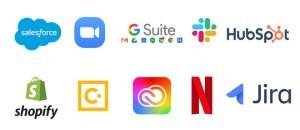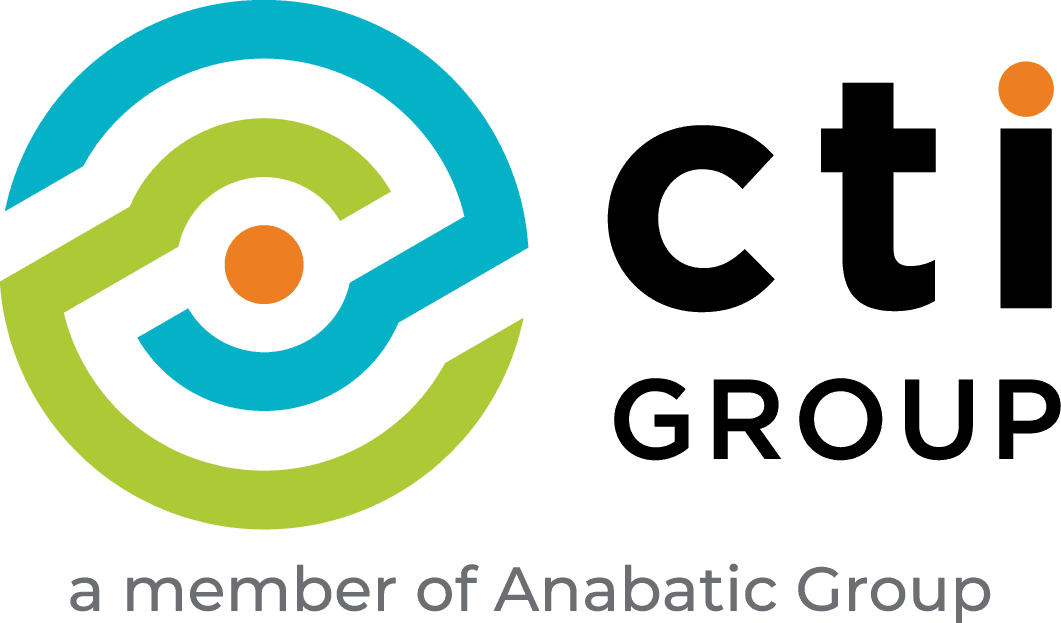With cloud computing technology, businesses can operate more effectively and efficiently, one of which is by using the SaaS cloud service model. SaaS allows users to access applications more easily, without limitations of distance and time, and minimizes the need for companies to manage resource-draining infrastructure.
So, what exactly is SaaS and how does it work? This article will explore it in depth, explaining various benefits and examples of SaaS. Learn more below.
What Is SaaS?
Software as a Service (SaaS) is cloud-based software that is ready to use without needing configuration or installation on a device beforehand. To use it, you just need to be connected to the internet.
With SaaS, you no longer need to manage and maintain the software and its infrastructure, as this is the responsibility of the SaaS provider you use.
How Does SaaS Work?
SaaS operates through cloud infrastructure. Initially, the software provider creates a SaaS application that will be hosted on its own infrastructure or another cloud provider’s (third-party). You can choose a provider that meets your business needs. Once selected, you only need to pay the SaaS subscription fee to access and operate it over the internet, with any type of device.
The advantage is that SaaS uses a multi-tenant architecture, allowing service to multiple customers. Although it serves many users within a single application with the same configuration and version, your security is still ensured because each customer’s data is stored and managed separately.
Why Is SaaS Important for Businesses?

The next question is, why is SaaS so important? We know that businesses will continually need sophisticated on-premises software and resources to meet various needs. However, the cost for such technology is significant, so businesses need to find alternatives that still support their operations.
One way to address this is by using SaaS. You only need to subscribe to a SaaS provider and let it manage the hardware, software, and applications within its cloud environment.
5 Advantages of Using SaaS
In addition to its importance, SaaS use is also advantageous for many companies or organizations. Here are five advantages:
1. Access to the Cloud
The cloud allows individuals to work from any device, anywhere, and anytime, if there is an internet connection. Additionally, SaaS does not require special installation on your device, making it ideal for remote workers.
2. Flexible Payments
Without the need for installation on the devices used, you can reduce costs for additional software or hardware subscriptions.
3. Scalable Usage
With SaaS, you can access more or fewer services available within it. You only use what you need.
4. Automatic Updates
SaaS allows for automatic updates and patch management, which can reduce the IT team’s workload for deploying additional software.
5. Customization
Another advantage is that you can customize and integrate the application with other business applications.
Common SaaS Examples

SaaS applications have many uses, from managing relationships with your business customers, facilitating communication among company employees, to protecting systems from cyber threats. Here are six commonly used SaaS examples:
1. Customer Relationship Management (CRM)
CRM applications can help you maintain and manage customer relationships. There are several functions you can use in CRM, such as tracking customer interactions, managing personal data, automating sales and marketing, and analyzing customer satisfaction. An example of a SaaS CRM application is Salesforce.
2. Enterprise Resource Planning (ERP)
ERP integrates various business functions, from finance, inventory, production, to human resources, into a single platform, allowing you to manage operations more efficiently and gain comprehensive insights. Common SaaS ERP examples are SAP and Oracle ERP Cloud.
3. Human Resources Software
This application allows HR to manage employee data, recruitment processes, payroll, performance management, and training. Examples of SaaS HR software include Workday and BambooHR.
4. Collaboration Tools
Collaboration tools facilitate teamwork and communication within a team, such as sharing documents, real-time communication, and managing projects from various locations. Examples of SaaS collaboration tools include Microsoft 365, Slack, and Google Workspace.
5. Security Software
With this application, you can protect data and systems from cyber threats, with antivirus solutions, firewalls, encryption, and other security solutions managed automatically by the SaaS vendor. Some examples include Sophos and CrowdStrike.
After learning about various SaaS applications, you also need to understand the context in which SaaS operates within the broad cloud ecosystem. SaaS is one of the three main cloud service models. What are the differences between SaaS and other cloud services?
Also Read: Here Are 7 Industries That Would Benefit from Infrastructure as a Service (IaaS)
Comparison of SaaS, PaaS, and IaaS
In addition to SaaS, cloud services also include other models such as Platform as a Service (PaaS) and Infrastructure as a Service (IaaS). See more below.
PaaS vs. SaaS
Platform as a Service (PaaS) is a service for developing applications that makes it easier to build and maintain those applications. In this cloud-based service, you are provided with a database, server, and deployment tools that are ready to use.
PaaS is more suitable if you want to develop applications flexibly without managing the underlying infrastructure. On the other hand, SaaS is ideal for users who need ready-to-use applications.
IaaS vs. SaaS
Infrastructure as a Service (IaaS) is a cloud-based service model that offers computing resources, storage, and networking on-demand. With IaaS, companies can focus on developing applications and services without worrying about the infrastructure, as it is provided and managed by the vendor.
If your company needs full control over IT infrastructure without investing in hardware, IaaS might be the choice. However, if you need end-user applications that are ready to use without managing the infrastructure, SaaS could be the best option.
Do you now understand the differences between them? If you’re interested in using SaaS for business efficiency, get your solution at CTI Group.
Also Read: The Ultimate Guide to Choosing the Right Platform as a Service (PaaS)
Get the Best SaaS Solutions Only at CTI Group
CTI Group offers various advanced SaaS services for your business needs. More than 100 leading brands are available through 13 CTI subsidiaries.
Experienced and certified IT teams at CTI will assist you from the consultation stage to after-sales support for SaaS solution implementation.
Consult now to find out the best SaaS solution for your business by clicking this link.
Author: Anggita Olivia Herman – Content Writer CTI Group

